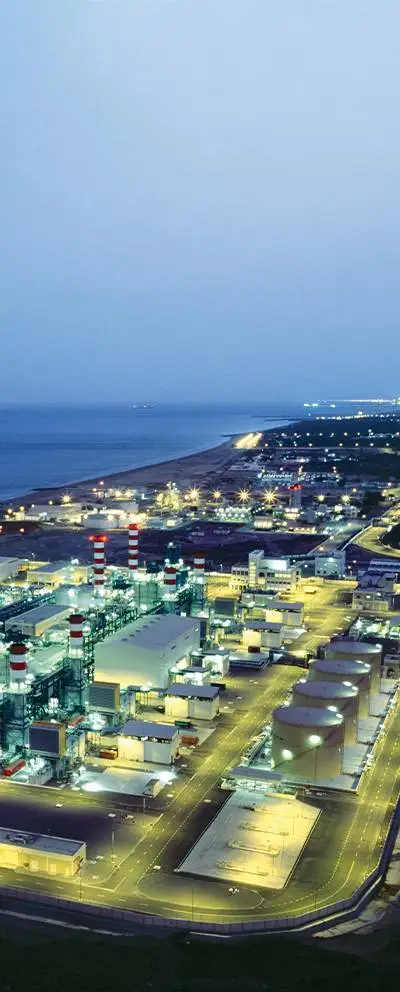When did Thomas Jefferson make the macaroni machine?
Note: Thomas Jefferson used the word "macaroni" as a general term for pasta.
Thomas Jefferson's Notes on Macaroni and a Macaroni Press in February 1789, William Short wrote to Thomas Jefferson that, at Jefferson's request, he had procured a "mould for making maccaroni" in Naples, and had it forwarded to his mentor in Paris. The macaroni mold probably did not reach Paris until after Jefferson had departed. His belongings were shipped to Philadelphia in 1790, and the machine was probably included with those items. We know that Jefferson did have the machine in the United States eventually, as it is mentioned in a packing list with other household items shipped from Philadelphia to Monticello in 1793. While Jefferson had the pasta machine at Monticello, in later years he regularly ordered pasta from Europe.
The best maccaroni in Italy is made with a particular sort of flour called Semola, in Naples: but in almost every shop a different sort of flour is commonly used; for, provided the flour be of a good quality, and not ground extremely fine, it will always do very well. A paste is made with flour, water and less yeast than is used for making bread. This paste is then put, by little at a time, viz. about 5. or 6. lb. each time into a round iron box ABC, the under part of which is perforated with holes, through which the paste, when pressed by the screw DEF, comes out, and forms the Maccaroni g.g.g. which, when sufficiently long, are cut and spread to dry. The screw is turned by a lever inserted into the hole K, of which there are 4. or 6. It is evident that on turning the screw one way, the cylindrical part F. which fits the iron box or mortar perfectly well, must press upon the paste and must force it out of the holes. LLM. is a strong wooden frame, properly fastened to the wall, floor and cieling of the room.
On a larger scale, of some of the holes in the iron plate, where all the black is solid, and the rest open. The real plate has a great many holes, and is screwed to the box or mortar: or rather there is a set of plates which may be changed at will, with holes of different shapes and sizes for the different sorts of Maccaroni. This is the first prototype of modern macaroni.

What does the Dry pasta production line use now?
① Mix noodles ②Automatic feeding ③Extrusion molding ④Pre-cooling ⑤Cut off ⑥Pre-dryer ⑦Automatic drying and cooling

What are the advantages of modern dry pasta line technology?
1. The product specifications are diversified to meet the various needs of different customers, ranging from 150 kg to 1,000 kg of raw grain per hour produced by a single machine;
2. The dry pasta line is basically fully sealed, and only a few people are required to patrol and operate, which greatly reduces labor costs;
3. The macaroni pasta making machine runs smoothly, the performance is stable and reliable, and the failure rate is low;
4. The structure design of macaroni production line is scientific and reasonable, and all spare parts and accessories adopt domestic or international famous brand products. At the same time, automatic detection sensors are installed in the important process links of the macaroni production line , which can monitor the working conditions in real time, so that the product quality can be traced;
5. High degree of automation: This production line has gradually adopted PLC and touch screen to replace traditional buttons, temperature control meters, frequency meters, potentiometers and other electrical devices, and adopts man-machine interface equipped with Ethernet switches to issue commands to realize information exchange and control .
6. Material: SUS304 stainless steel is used for the inside and outsourcing of the whole machine, the inner wall of the extruder sleeve is made of SUS304 stainless steel, and the extrusion screw is made of alloy steel. All pipes are quick-connected and easy to disassemble and clean.












